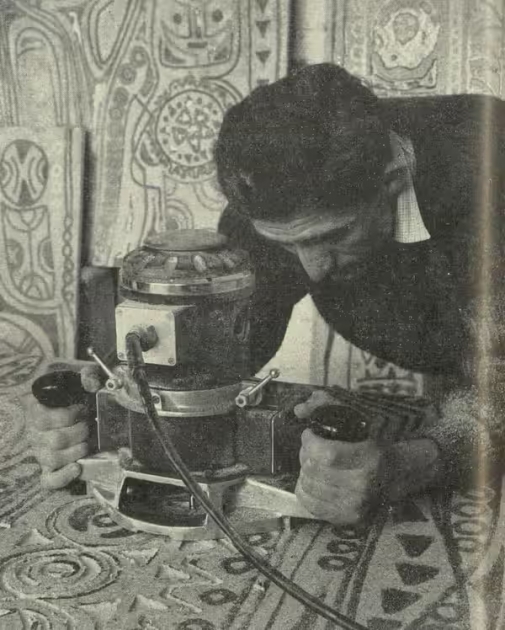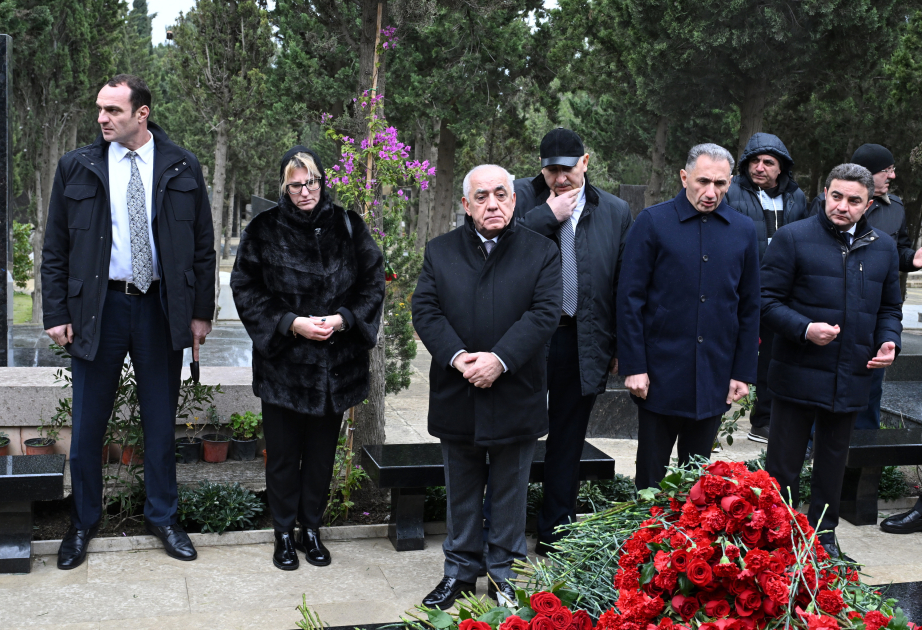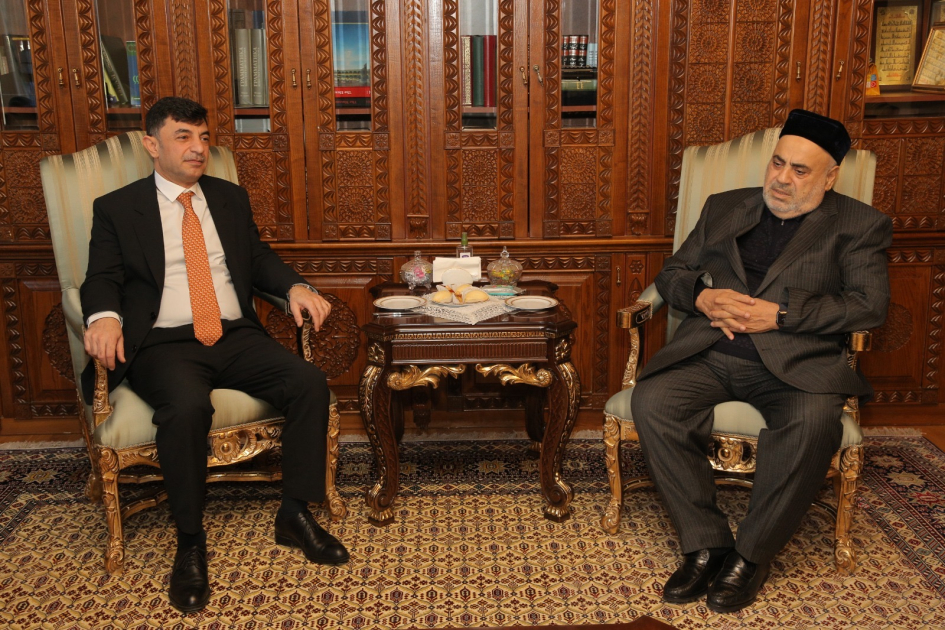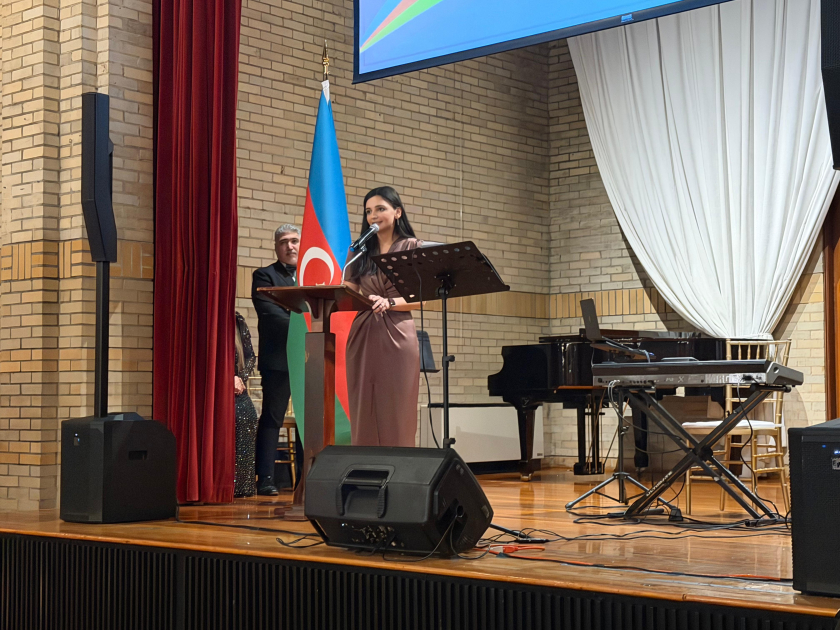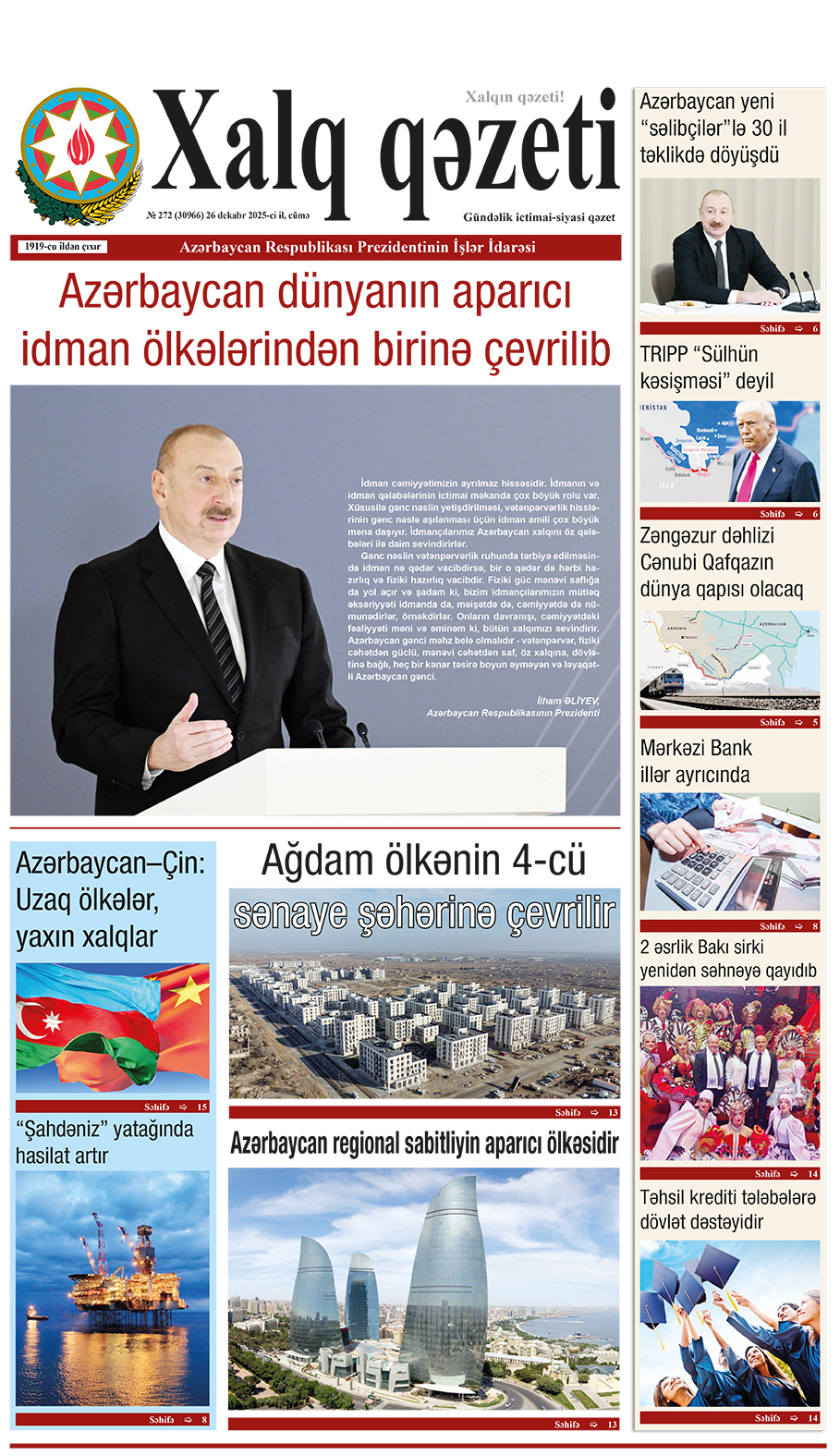Campaigners are trying to save a rare early mural by one of Britain’s most celebrated postwar artists after it emerged the building it is housed in is under threat from being torn down as part of a redevelopment project in south London, according to Guardian.
The work by William Mitchell, who produced dozens of large-scale public murals and sculptures from the 1950s onwards, is situated in a village hall within the Blackheath conservation area and could be demolished to provide space for several new homes.
Edmund Hall, an architect and artist who creates banners, including for his longtime collaborator Jeremy Deller, joined the campaign to retain the mural and believes the fact Mitchell’s work is in jeopardy proves the UK does not cherish its postwar public art enough.
Hall said: “British art does have a real significance and Mitchell’s work seems to tap into something interesting. It seems wrong to disregard heritage like this so easily.”
The mural, which was completed in 1958, is thought to be the best kept example of Mitchell’s early work still in situ. It was made by a process of combining 13 bespoke panels that Mitchell carved and filled in with resin.
Brooklands Park Estate, in which the work sits, was seen as a leading example of aspirational postwar housing with green space and tasteful design.
Mitchell, who trained at the Royal College of Art and worked for London county council as a design consultant, produced about 100 works of art throughout the capital with many pieces placed in postwar housing estates with the intention of brightening them up.
He also created the facade of Liverpool’s Metropolitan Cathedral and was commissioned to create the Dodi and Diana memorial at Harrods.
Geraint Franklin, Historic England’s architectural investigator for London and the south-east, said Mitchell was a prolific artist who brought flair to the capital’s public spaces. “They were trying to enliven the environment and humanise these new developments and I believe the work in Greenwich was one of those,” he said.
Twentieth Century Society, a preservation group, has backed local opposition to the plans to knock down the village hall and in 2022 launched an unsuccessful attempt to have the mural listed by Historic England.
William Mitchell’s work has been threatened repeatedly in recent years but the Twentieth Century Society managed to get 15 works added to the national register, making him “one of the most recognised and respected muralists of the period”, according to the organisation.
Twentieth Century Society said it would like the building in which the artwork was created to be retained as well. “We would always advocate for both to be preserved and enjoyed together, as originally intended,” the spokesperson said.
Greenwich council said it was engaging with Twentieth Century Society and considering potential options for where the mural could be “appropriately relocated”.
A spokesperson for Greenwseh council said: “Our intention is to preserve this artwork by this important British artist of the postwar period.”
In October 2023, another of Mitchell’s works, The History of Coventry, which depicted important events from the city’s past was saved from the foyer of a former office block that was about to be demolished.
The piece was covered for decades, and was one of the approximately 1,000 similar murals that were created between the end of the second world war and the 1980s, which have been named “endangered species” by enthusiasts.


